1. The Real Value of a Good Design
When I started my adventure with design, I was thinking of design as a form of art and all that mattered to me was to make the website look nice. Years of working with different clients and companies taught me that the value of your design is really measured in dollars returned back to their business.
Design is a layer between customers and the business that can easily connect or divide both sides. Today every business understands the true value of a good design and how big of an impact it can make on their profits.
It all starts with the brand design, which is incredibly important to make a good first impression and evoke certain feelings. Then there is the marketing design which can help to attract the right audience and even increase the perceived value of the product or service.
The sales page needs to be carefully designed, tested, and optimized for conversion. But you could do everything perfectly up to this point and it’s all for nothing if your checkout and purchase process isn’t designed correctly.
The product design itself is incredibly important, but what’s critical is the entire experience — its simplicity, accessibility, and usability.
When you look at the buyer’s journey, design is at every step and it can’t be ignored.
To become a great designer, you need to understand why what you do matters and learn how to easily explain it to your colleagues, clients, stakeholders or employers, so they value you and your work.
The first impression sticks
Users can develop their opinion in 50 milliseconds according to research by Google in 2012. In another study by Katharina Reinecke and Lane Harrison, some lasting judgments can be made in 500 ms or less.
For many users that first impression sticks and later influences their opinion about the rest of the experience with the brand and product. Once the damage is done it can be hard to repair it. That first 1/20th of a second can cost the business a lot of money.
Perhaps your first thought was, “But some of the best first impressions I had weren’t really beautiful websites when you looked closer,” and that’s true.
It appears that one of the main factors that influence people’s aesthetic judgment is the visual complexity and prototypicality of the design. It means that the simpler your design, and the more familiar for the users, the better.
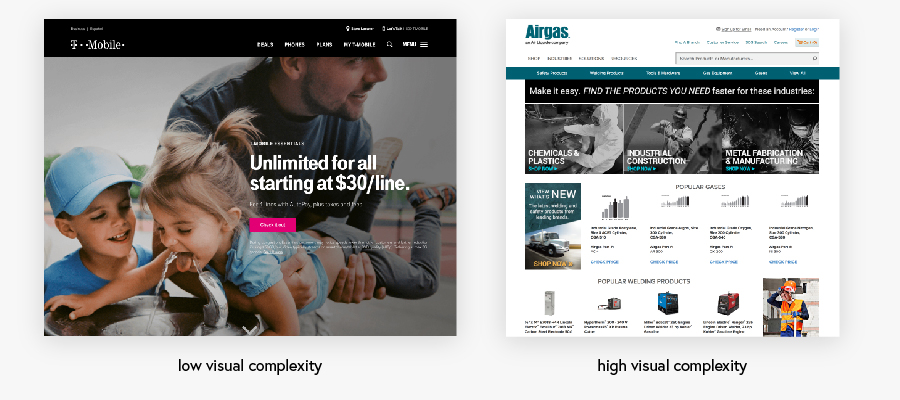
Your design shouldn’t just be beautiful or creative to leave a good lasting impression, but most of all, it should be minimal and simple.
Designs that contradict what users typically expect of a website may hurt users’ first impression and damage their expectations.”
So hey, you don’t have to be the most talented designer to please both sides and provide a lot of value for the business and an amazing experience for the customers.
Increase the perceived value of the product or service
Most people make their buying decisions and value judgments based on how they feel about the brand. By using specific fonts, shapes, icons, photos, or colors we can affect people’s value perception about our products or services.
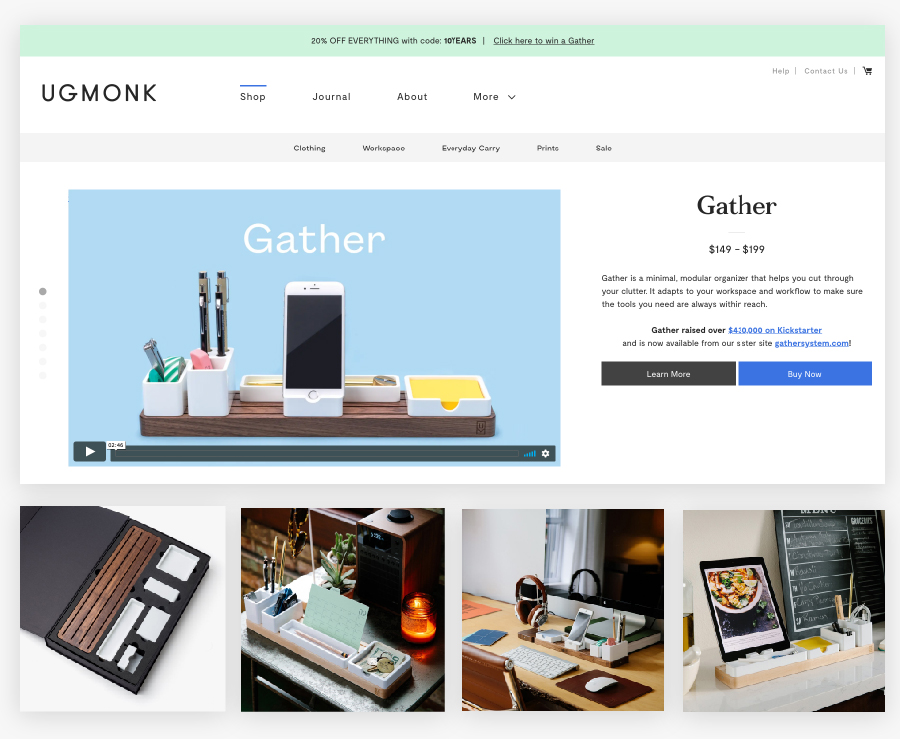
Also, your customer’s experience from entering the website to the purchasing process can change their mind and affect how they feel about spending their money.
Just imagine doing your research about a product on a poorly designed website that is cluttered and difficult to navigate. How can you trust that the product you’re buying is valuable if the company didn’t bother to have a well-designed website?
People perceive the value of Apple’s products as very high and feel good about their purchases, even though their prices are on the higher end and the features are often not even better than its competitors.
However, when you look closer, the clean and minimalistic design of their products tells us a lot about their value. It’s also about how it works and feels when you use it. Most products have smooth, nice-to-touch surfaces and consistent, rounded corners.
It’s designed, so you think of it as a high-end product before you have a chance to dive into comparing the features side by side. Your value perception is already affected by the brand, marketing, and visual design of the product itself.
Build trust and authority
We trust familiar brands that we can associate with and that represent our own values. If you want to build a memorable brand, a good design can help to connect with customers and audiences on many different levels.
A simple thing such as your main brand colors can speak a lot about the company and the targeted audience. Each color has a special meaning and can evoke certain feelings. Mixing different colors and creating unique color palettes can help you stand out from the crowd.
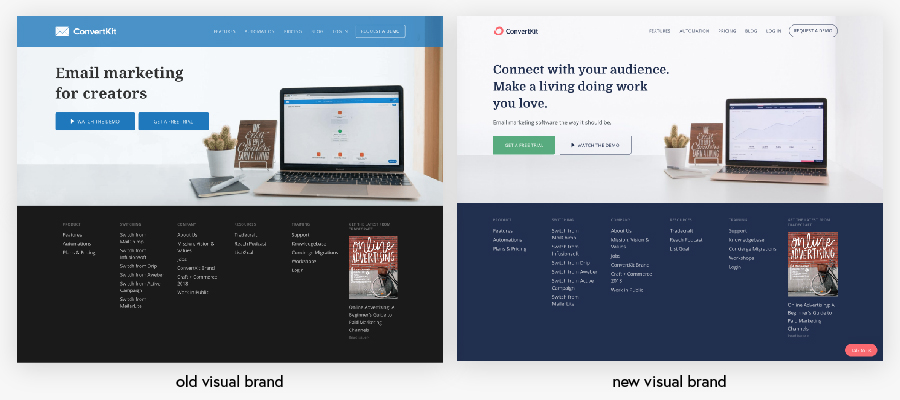
We need to remember that a brand is way more than just colors and a logo. The visual brand should include more elements like typography, imagery, illustrations, and should be consistently used across social media appearances, content marketing, websites, and products.
Using illustrations has become very popular recently because of the full visual control you have. You can express any feelings you want in your brand colors in order to make them unique, so people recognize them and better memorize the message.
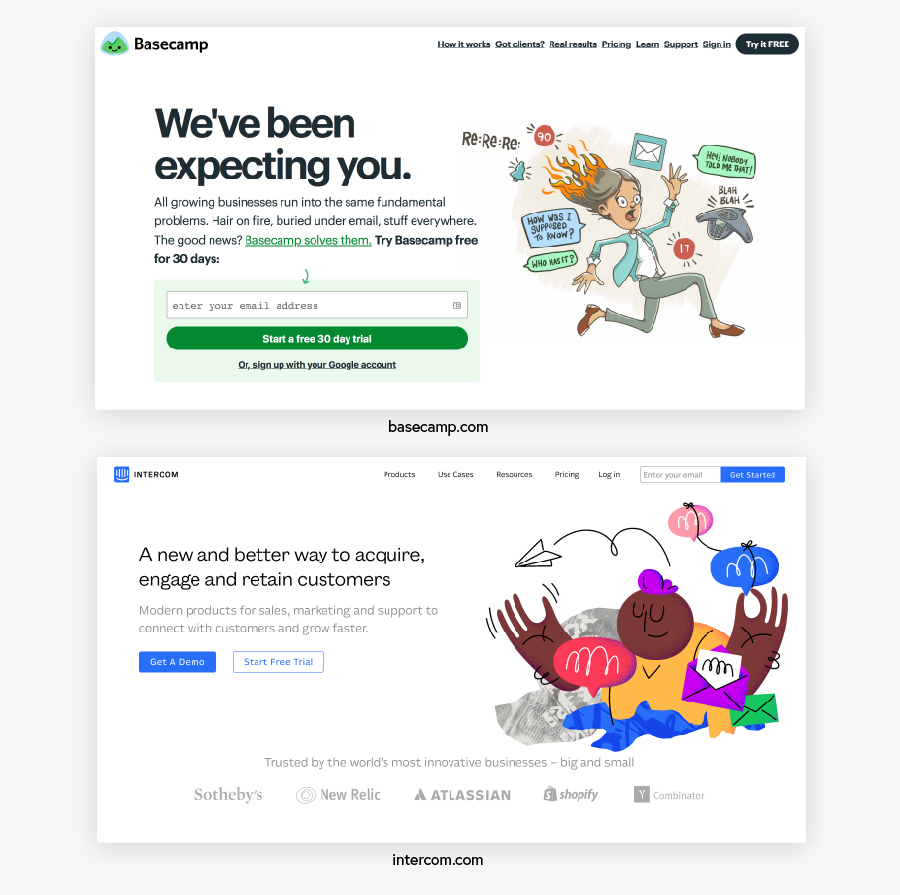
Some brands are so characteristic that you don’t even need to see their logo, but you can recognize them by their brand elements.
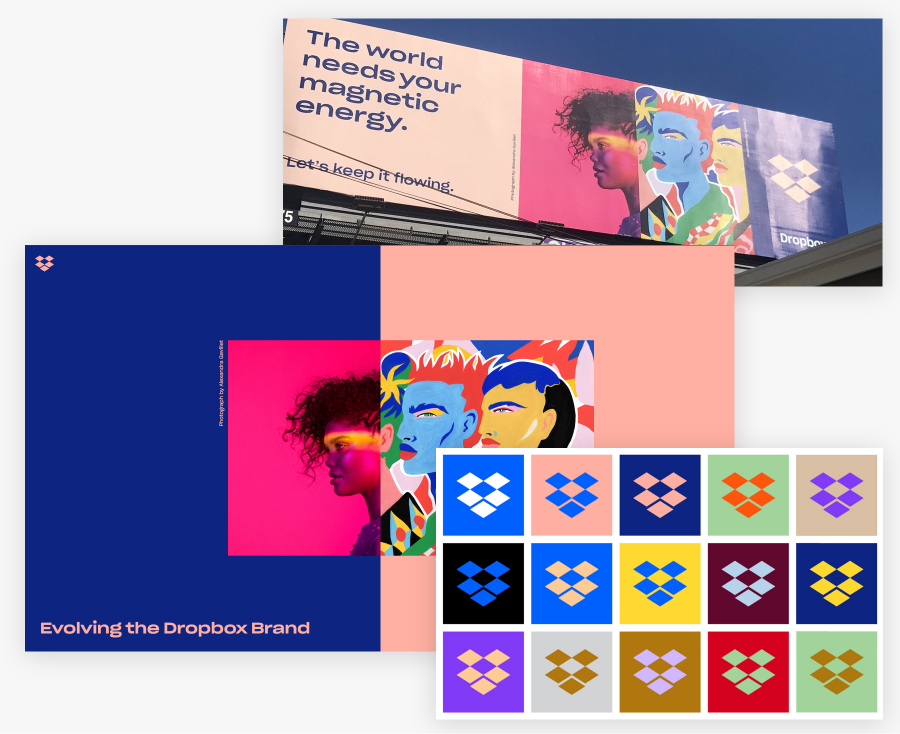
It’s more than just how it looks
Designing user interfaces adds another dimension. Users are not only looking at the design you created but they can now interact with it. You can enhance that entire experience with a good design.
You can make users work faster by positioning UI elements in a more intuitive layout or by redesigning the form fields. You can also make users enjoy using your product by communicating with positive messages, showing the track of progress or gamifying the experience (i.e. rewards or badges).
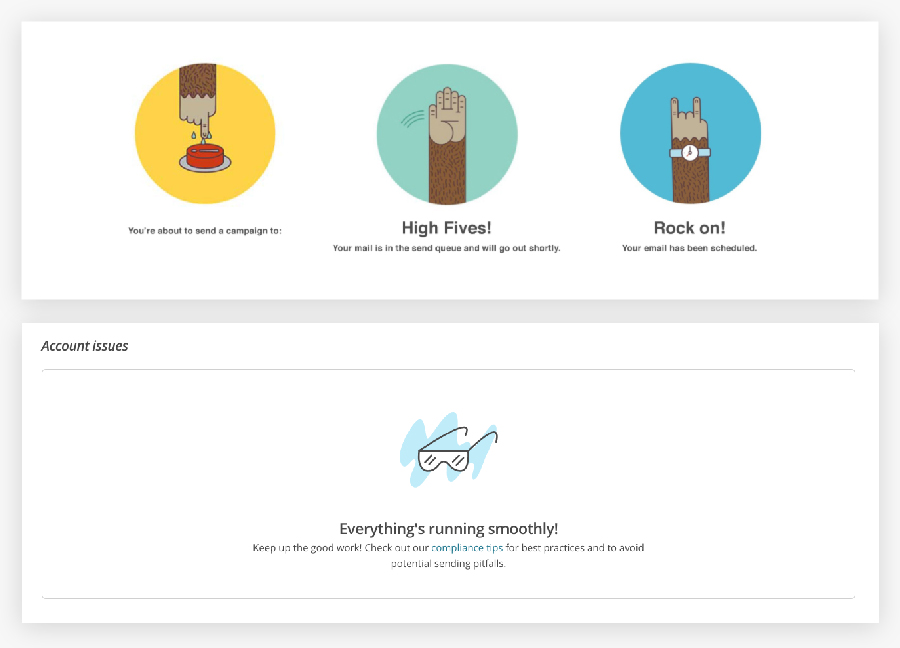
Design can also make your content accessible to more people by maintaining the correct color contrast and fixing readability issues. The more accessible and usable your website is, the better return on the business’s investment in ads and content marketing.
Design sells
In studies made by The Design Council and Design Management Institute it’s proven that design-driven companies outperform those that don’t put design at the core of its brand.
Those companies that use design principles in everything they do, from marketing to product design and customer experience, receive a great return from their investment.
With technology accessible to the masses, it’s very important that the website is intuitive as well as easy to read and use. Users’ expectations are much higher than before. People are not going to spend their time trying to figure out how to use too-complicated interfaces because there are so many other better-designed options available on the market.
Optimizing the conversion rate is also one of the most efficient ways to invest money for any business. It’s relatively cheaper than spending more money on ads or new marketing campaigns, and you can consistently get more out of the traffic you already have.
It’s a service that pays for itself.
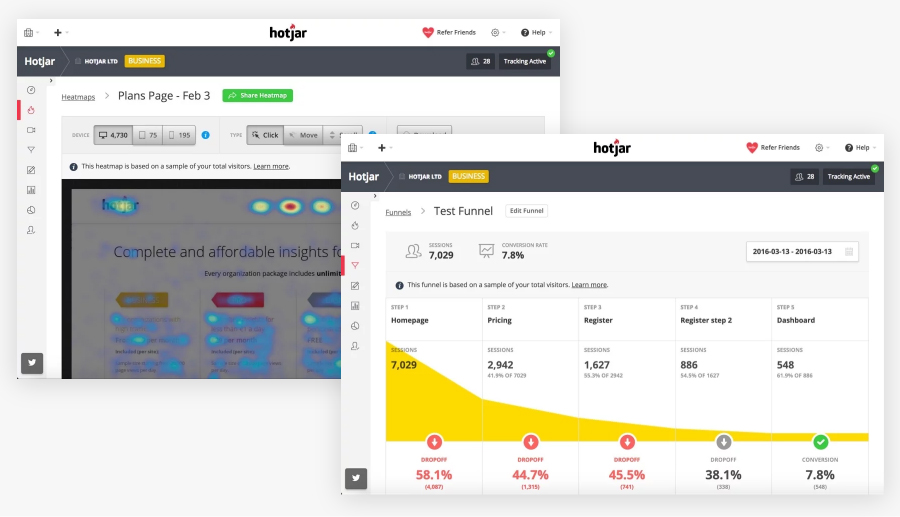
The future is bright for designers
Designers used to be treated like street artists, always on a lower spectrum of salaries in the tech industry. My counselor in college wanted to discourage me from taking design classes because said it wasn’t a well-paid job and claimed that the average salary was $35k.
Companies often required additional skills from designers like coding or copywriting because they couldn’t see enough value in plain old good design. While it’s all still true in some places, the situation has been dramatically changing in recent years.
These days it’s nothing unusual for UI/UX designers to have six-figure salaries and more experienced freelancers and consultants charging $200+ an hour for their work.
Side note: The average annual salary for a designer is $80,606 according to Product Design Report in 2016 by InVision.
Designers become founders, advisors in startups, and have jobs on executive levels (VP of Design, Executive Creative Director, Chief Design Officer – those are new roles in modern companies).
All major industries appreciate a good design now more than ever before. A user-friendly interface and experience become a marketable feature of some of the biggest brands and products on the market.
No matter what the next big thing is, it’ll need to be designed. There has never been a better time to be a designer.
Dude… this is so good. Can’t wait to see what is next!
Thank you, Jason!
I love all the visual examples! Perfect for a design course.
Yay! I’m planning to add some video tutorials too 🙂
Got some key points to tell clients. 🙂
Thank you. I always love your simple designs.
Thanks, Minhajul!
Awesome work! Just can’t wait until next chapter 😀
Just one question, are you planning on doing video tuts or just text+image+resources like with your ebook?
I’m planning to make some video tutorials for the practical parts of the course where I need to share the screen and show how I design. The rest of the content will be in a written format, but with a lot of images, illustrations and animated GIFs. I believe it might be easier to study so you can scroll through at your own pace.
Absolutely loved it! Keep it coming Rafal!
Thanks, Tomas!
Is nice not gonna lie, but it will be better make tutorial videos so people can understand it better with someone talking. But really good job. Well done!
Really valuable touch points in this lesson. It’s great to brush up on content like this every once in a while to reassure yourself that you are, in fact, designing with purpose and metrics in mind.
Looking forward to all of the lessons 🙂
These are really valuable touch points. It’s great to brush up on content like this every once in a while to reassure yourself that you are, in fact, designing with purpose and metrics in mind.
Looking forward to all of the lessons 🙂
Awesome work! Thank you. Keep going
Wow Rafa, excellent job. I see you love what do you do! ….simply excellent!